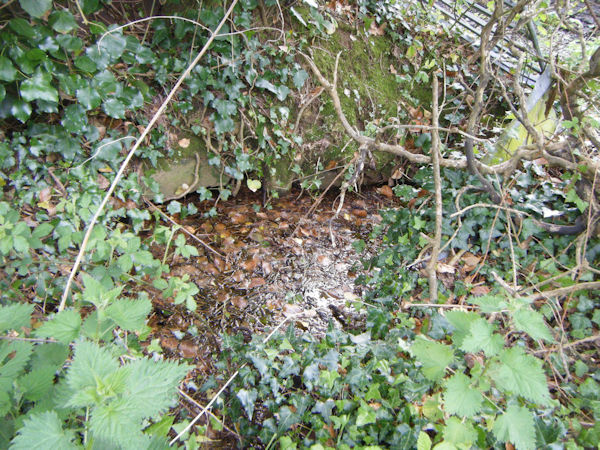 |
Dedication: Saint Deiniol Location: Deinol Farm Coordinates: 52.1114, -4.47753 Grid reference: SN304487 Heritage designation: none |
HOME - WALES - CARDIGANSHIRE
 |
Dedication: Saint Deiniol Location: Deinol Farm Coordinates: 52.1114, -4.47753 Grid reference: SN304487 Heritage designation: none |
Deiniol, a missionary of the late 6th and early 7th centuries, was a great traveller. Although the majority of his churches and holy wells are located in North Wales, he had strong links to Glamorgan, and his name appears in several places in South Wales. In his early life, he studied under St Cadoc in Llancarfan, near Llandaff, and was later consecrated Bishop of Bangor by St Dyfrig, who was based in that same area. Indeed, Deiniol is said to have lived as a hermit in Pembrokeshire for some time (he certainly had links to St David, with whom he attended the Synod of Brefi, held at Llanddewi Brefi, in 545), and he seems to have founded a church at Llanddeiniol, a village in Cardiganshire; it is therefore possible that Deiniol passed through Glynarthen on his way north, and baptised new converts in this spring.
Of Ffynnon Ddeiniol's early history, nothing is recorded. The farm on which the well is located, now called "Deinol", was previously known as "Ffynnon Deiniol", until around a hundred years ago; it is clear where the farm takes its name from. It is quite possible that there was once a chapel, for the use of pilgrims, located in the vicinity of the well, as there are no churches or other chapels located nearby. The well certainly existed in 1651, when a "Ffynnon Ddeynwl" was recorded in the parish, and its name was still known in 1784, as "Ffynnon Doynol". By the late 19th century, the spring's name was still remembered, and it was mentioned in 1873 in a poem written by Benjamin Williams as "Ffynnon Ddeiniol", near "Glynarthen". Likewise, Sabine Baring-Gould, in his Lives of the Saints, noted that there is a "Holy Well of S. Deiniol" in "the parish of Penbryn, Cardiganshire".
Ordnance Survey maps have always marked a spring on the south-west edge of Deinol Farm's farm-yard, and this is almost certainly the medieval holy well. When I visited the site in the April of 2025, the spring was producing a large quantity of water, which went on to feed a large pond to the south. Interestingly, several cut stones that may be all that remains of an older structure of some kind were lodged beneath tree roots on the western side of the spring. The owner of the well was not aware of the site's association with St Deiniol.
|
Access: The well is located on private land in the farm-yard of Deinol Farm; permission for visiting is to be obtained from there. |
Copyright 2025 britishholywells.co.uk